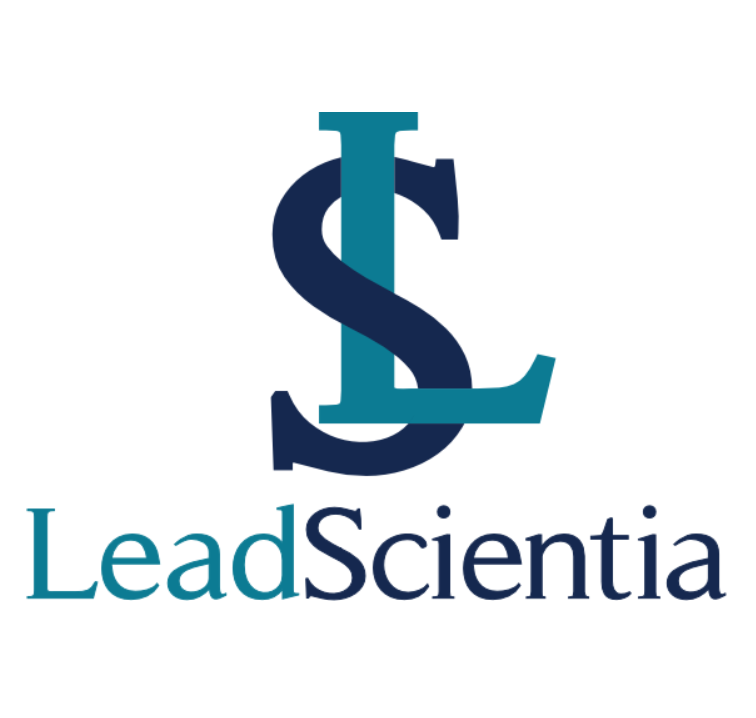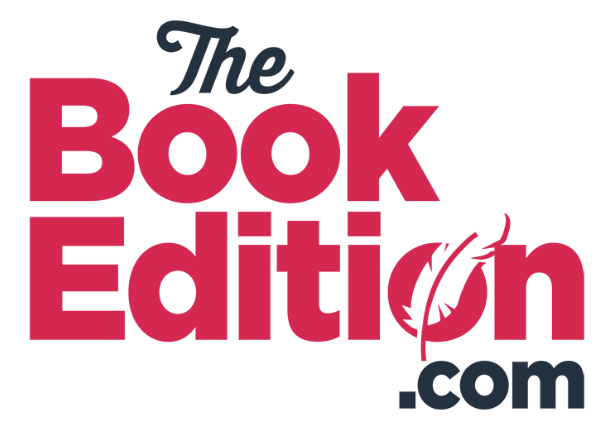Le livre de LeadScientia

Cultiver l'engagement
Le leadership en jeu
Ce livre est un manuel pratique destiné aux leaders actuels et futurs. Il offre des insights précieux, des outils et des stratégies basés sur plus de 15 ans de recherche de terrain et d'interactions avec plus de 800 équipes et 5 600 managers et employés dans des organisations commerciales et des institutions publiques.
Le livre présente un nouveau paradigme de leadership et sa triade, en mettant l'accent sur la performance durable et en réintroduisant des valeurs centrées sur l'humain dans les organisations. C'est une ressource essentielle pour les leaders cherchant à naviguer dans les complexités du monde des affaires moderne et à favoriser un véritable engagement des employés.
ISBN 978-2-8052-1035-8
Buy our book from this store :
Le résumé suivant vous donnera un aperçu bref du contenu de ce livre qui a été rédigé en Anglais. Une version en Français devrait suivre dans le courant 2025.
Chapter 2: The general context
The acceleration and globalisation of business are increasing complexity and risk, creating a form of chaos, exacerbating management challenges and requiring a new type of leadership. Traditional efforts to optimise the management dimensions of an organisation - projects, processes, people, resources and time - are no longer sufficient to ensure control and predictability of results. The creation of a new workspace, incorporating greater flexibility and adaptability in management and leadership, is therefore required to meet contemporary challenges. Leaders become cultivators of change, starting with themselves.
Chapter 3: Organisational context
Leadership practices have evolved very little over the last few decades and have an influence on organisational performance in an uncertain environment, leaving organisations heartless.
Leadership needs to redefine itself, change paradigms, evolve by clarifying the organisation's intent and creating the space and energy to stimulate innovation, creativity, motivation and commitment, and steer their activity towards sustainable development. The changes required will have to address a series of challenges such as staff selection, optimising the 4 C's (Communication - Collaboration - Critical thinking - Creativity) and above all, reconnecting with essential values that are a source of meaning and purpose for employees.
Chapter 4: The programmed unsustainability of organisations
The authors highlight the poor management and even wasteful use of resources in modern organisations and call for more sustainable and effective practices. According to the interviews conducted, only 20 to 40% of potential is used, reminding us of the crying need for continuous improvement and adaptation of leadership practices. They provide a tool for assessing an organisation's internal performance in relation to its potential.
Chapter 5: Scope of the research
This chapter describes the research methods used to explore the themes of leadership and management in today's organisational context: interviews, observation and surveys. The sample of over 5 600 people, drawn from different types of organisations, can be considered representative.
Chapter 6: In search of a new breed of leader!
Reflections on the evolution of leadership roles and the associated challenges: the need to adapt leadership to changing contexts, by developing skills in emotional intelligence and diversity management, with a focus on employee well-being and the search for meaning in work.
Leadership covers 4 dimensions - Operations, System, Self, People - of which the following operational elements come under management: projects, processes, people, resources, timing. The leader's mission and role are thus redefined, but finding the right leader remains a challenge. Leadership talent is generally expressed in an organisation by a combination of the basic elements summarised in the following formula:
TE = DNAi(BQ) * C * M * Ct * E * I2 * Tr3 * S * Ch
This formula provides an integrative structure that recognises and quantifies the diversity of individual contributions beyond traditional competencies, emphasising the necessary match between individual potential and job requirements. This chapter also explains the journey an individual will take to "build" his/her leadership, showing personal and professional growth (self-leadership) as a circular and continuous process, rather than the traditional climb up the corporate ladder. The authors also attempt to identify the skills that will make the difference, clarifying when this skill becomes a real strength, an ART and part of a person's DNA, and highlight the challenge of finding and recruiting the right leader.
Chapter 7: Clarification of some processes
This chapter presents a critical analysis of the performance management and talent review processes and their impact on leadership development. These processes have been the subject of much criticism from staff for their lack of transparency and fairness. Several adaptations are proposed to bring these processes more into line with the real needs of modern leadership and to stimulate staff engagement, reminding that everyone is a leader.
Chapter 8: ISE or revisiting the leadership paradigms
Presentation of a new holistic leadership approach based on a triad: Intent/Commitment, Space and Energy, to create a healthier and more innovative work environment that will enhance organisational effectiveness and achieve sustainable performance, putting the heart back into the organisation.
The right work environment will offer the 4 Ps: Purpose - Protection - Permission – Power. In many organisations, space does not always guarantee fairness, a situation that is often criticised by many employees. There is a high need of informational, procedural, interpersonal and distributive justice. The new work environment will generate great power, a skilful combination of energy and talent:
P = AE * TE
Chapter 9: Performance
This chapter examines the various components that contribute to organisational performance (effectiveness and efficiency), emphasising the need for an integrated approach that incorporates sustainability and resilience. A performance formula is proposed, encompassing the many components of performance:
Perf = DNA * I* S* P* ME
Chapter 10: Introducing cultural change
Work on the organisation's leadership has an impact on the DNA, i.e. the deep-rooted culture of the company. This was born, developed and transformed over the course of the organisation's life, and more particularly under the influence of its successive leaders. Every cultural change starts with the leader’s DNA and follows several steps. It now needs to be aligned with the overall intent, strategy and objectives, enabling organic change towards greater employee engagement.
Chapter 11: Leading change
This chapter highlights the crucial role of leaders in leading and facilitating change within their organisations. The right leader inspires greater trust and commitment, leading to more successful transitions. A top-down/bottom-up approach is proposed, including a few tips and tricks, more specifically on communication to reduce resistance and integration time. Not all employees are equal when faced with change, and each individual goes through a personal change journey, requiring from the leader an individual coaching.
Chapter 12: Coaching change to success
A change approach based on coaching methods is proposed to effectively support the organisation on its transformation journey. Any change is accompanied by mental and emotional states which have an impact on the success of the project and which we have dubbed the ‘pigeon syndrome’, employees and managers evolving along two main dimensions: energy and commitment. badly led change projects can lead the organization to its burnout!
Coaching can however significantly improve individual and collective performance, by providing support along the way that is tailored to the specific needs of employees and managers.
Nous vous accompagnons tout au long de votre transformation !

